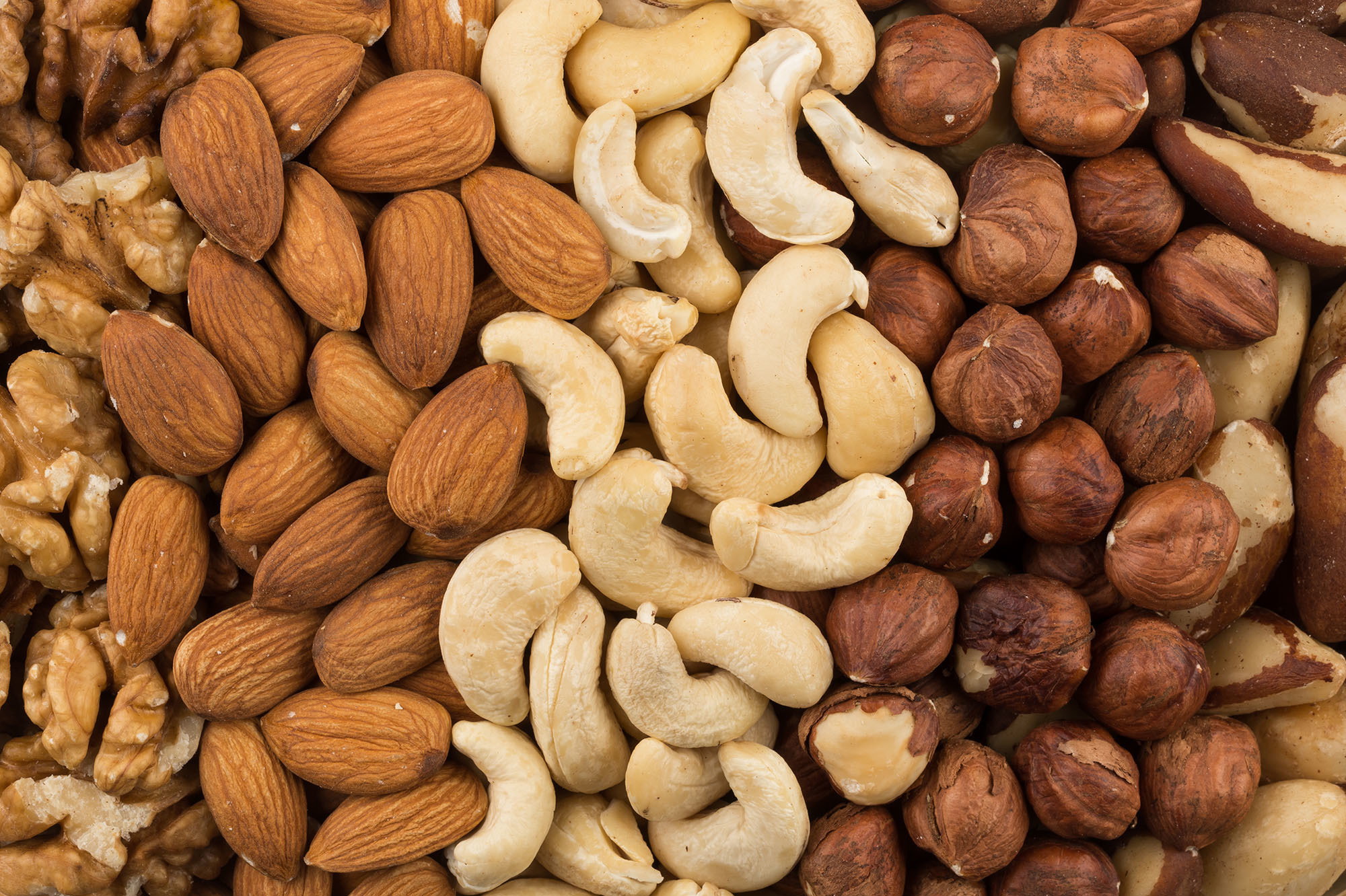Cau Ferrat, art and parties above the mediterranean

There are many things to see and many places to visit when traveling to Barcelona, so sometimes it is hard to choose, but if you have the time to do so, I would definitely recommend you spend a day outside of the busy city and head to the beautiful town of Sitges.
Sitges is a village on the Catalan coast located south of Barcelona, and just 30 minutes from the city. Although the history of Sitges began many centuries ago, this town became especially famous in the late XIX century, thanks to some of the ‘bohemian rich guys’ we already mentioned in other posts: Ramon Casas and Santiago Rusiñol (aka the most important modernist artists).
During the second half of the XIX century, some local artists started to go to Sitges to find inspiration from nature and paint the landscapes of the village. These artists founded what is known as “The Luminist School of Sitges”: They were especially interested in portraying the effect of light on the surrounding landscape, with a warm and bright chromatism and a fluid brushstroke that reminds of the impressionists. And they are considered the precursors of Catalan modernism.
Ramon Casas and Santiago Rusiñol, who — as mentioned — were la crème de la crème in Barcelona’s artistic circles, followed the Luminist School and went to Sitges to paint the village and the sea, following the Plein air method. Santiago Rusiñol fell in love with Sitges, with its calm environment and Mediterranean light, and decided to buy a place there, and built a magnificent white house just above the sea. He named his house “Cau Ferrat”, which means “shod caved” in Catalan. He called it a cave because it was a shelter for art and poetry, and “shod” because he kept his collection of Catalan wrought iron there. Spoiler alert: This house was everything but a peaceful shelter.
Santiago Rusiñol held a lot of meetings and gatherings in Cau Ferrat, inviting painters, sculptors, writers, poets to talk about fine arts and literature. However, these social interactions quickly evolved into what are known as “Modernist Parties”. Art, poetry, and parties in a beach house! Who says you can’t have it all? Since Absenta and opium were also invited, the parties went wild, like Really Wild. The most legendary Modernist Party is the third one that was celebrated in 1894. Santiago Rusiñol bought two amazing paintings by El Greco in Paris that same year, and the paintings were moved to Sitges. There, they were greeted as if it was a local festival by the townspeople and some relevant artists and intellectuals of the time. People were literally screaming in the streets while the two Grecos were on display and carried in a procession around Rusiñol’s house. I admit I envy them.
Throughout his life, Santiago Rusiñol bought many artworks, furniture, antiques, and decorative objects (ceramics, irons and especially glass) and these objects are now part of the permanent collection of the Cau Ferrat Museum, the home where Rusiñol used to make cute little parties. The Museum opened to the public in 1933 but had to be restored and reopened in 2014. Nowadays, the museum shows — very reliably— what Santiago Rusiñol’s house was really like. In this case, images are much better than words, so below you can find some photos of the outside and the inside of this beautiful house and museum on the bright Catalan coast of El Cau Ferrat.
Visit El Cau Ferrat online:
– https://artsandculture.google.com/partner/museu-cau-ferrat
– https://visitmuseum.gencat.cat/ca/museu-del-cau-ferrat
Sources and credits:
-VisitMuseum. (n.d.). Museu del Cau Ferrat. Retrieved from https://visitmuseum.gencat.cat/ca/museu-del-cau-ferrat
-Sitges Apartments. (2019, August 13). Museo del Cau Ferrat, visita indispensable. Retrieved from https://sitgesapartments.es/museo-del-cau-ferrat-visita-indispensable/
-Frisach, M. (2013, June 24). El Cau Ferrat reneix. Retrieved from http://www.elpuntavui.cat/article/657544-el-cau-ferrat-reneix.html
–Tomas Gracia S.A Construcciones. (2019, June 27). El Cau Ferrat y el Museu de Maricel son de Interés Nacional. Retrieved from https://ctomasgracia.com/es/el-cau-ferrat-y-el-museu-de-maricel-son-de-interes-nacional/ –Viajes National Geographic. (2018, November 5). Viajes National Geographic. Retrieved from https://viajes.nationalgeographic.com.es/a/sitges-ruta-modernista_6623















